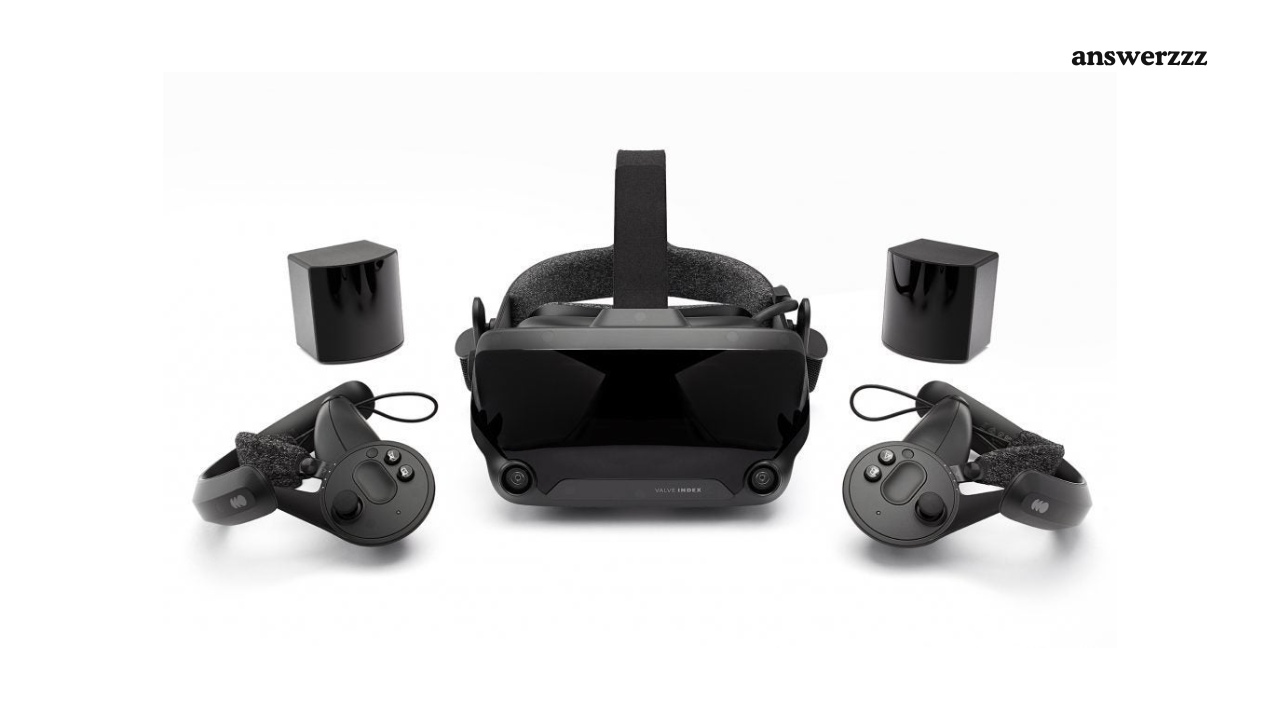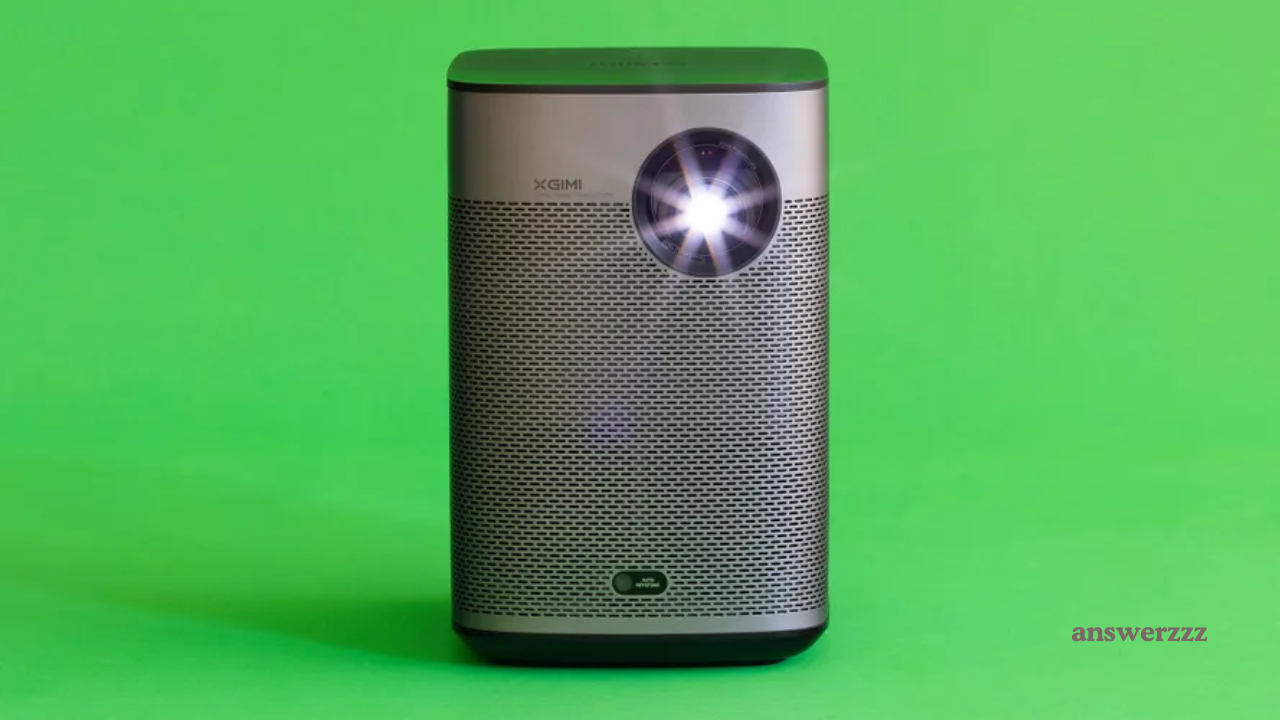As technology continues to blur the lines between the physical and digital worlds, augmented reality (AR) is rapidly becoming a cornerstone of innovation. By overlaying digital information in our physical environment, AR enhances how we interact with the world around us. From gaming and education to healthcare and retail, AR applications are transforming industries and shaping the future of human experiences. Looking ahead to 2026, the AR gadget market is poised to introduce groundbreaking devices that will redefine convenience, functionality, and immersive engagement. Here, we delve into the top five AR gadgets set to make waves in 2026 and explore what makes them must-haves for tech enthusiasts.
1. Apple Vision Pro AR Glasses

Apple’s Vision Pro AR glasses are one of the most highly anticipated gadgets in the AR market. Building on Apple’s legacy of sleek design and intuitive interfaces, these glasses aim to revolutionize how users interact with AR technology. Powered by an advanced Apple Silicon chip, the Vision Pro promises exceptional processing power to deliver lifelike AR visuals.
The glasses will integrate seamlessly with the Apple ecosystem, allowing users to access apps, notifications, and media while staying connected to their environment. The inclusion of spatial audio and gesture-based controls will enhance immersion and usability, making the device suitable for diverse applications such as virtual workspaces, entertainment, and navigation. Apple’s rumoured incorporation of health-focused features, such as real-time biometric tracking, further cements the Vision Pro as a versatile AR tool for professionals and casual users alike. With its potential to combine cutting-edge hardware with Apple’s software finesse, the Vision Pro is set to lead the AR revolution in 2026.
2. Meta Quest Horizon AR/VR Headset
Meta, the parent company of Facebook, has been a frontrunner in the AR and VR industry. The upcoming Meta Quest Horizon headset is expected to push the boundaries of mixed-reality experiences, offering users a unique blend of augmented and virtual reality capabilities. Equipped with ultra-high-resolution displays and advanced sensors, the Horizon headset will create realistic AR overlays that seamlessly merge with the physical environment.
The Most Innovative Drones of 2026: A Guide for Tech Enthusiasts
Meta is heavily focused on integrating the Horizon headset into its Metaverse vision, enabling users to interact in shared virtual spaces with real-world overlays. This headset is predicted to feature advanced hand-tracking and eye-tracking technologies, ensuring intuitive interaction and minimal latency. Additionally, its lightweight design and ergonomic fit aim to enhance user comfort during extended use.
Beyond gaming and social interaction, the Horizon headset will cater to professionals by supporting virtual collaboration tools, 3D modelling, and AR-enhanced training programs. As Meta continues to invest in the development of its AR/VR ecosystem, the Quest Horizon headset is poised to be a cornerstone of immersive digital experiences in 2026.
3. Microsoft HoloLens 3

Microsoft’s HoloLens series has long been a benchmark in AR technology, and the HoloLens 3 is expected to set a new standard for enterprise and consumer applications. Targeted at professionals across industries, the HoloLens 3 will incorporate state-of-the-art advancements in holographic visualization and spatial computing.
The device is rumoured to feature upgraded AI capabilities, enabling it to better understand user intent and environmental context. This will allow for more precise AR overlays and enhanced interaction with virtual objects. The HoloLens 3’s lightweight design will improve wearability, while its battery life is expected to support extended usage without interruption.
One of the most exciting features of the HoloLens 3 is its potential integration with the Microsoft Cloud and Azure services, providing powerful tools for data analysis and collaboration. Industries such as healthcare, engineering, and education will benefit immensely from its ability to deliver real-time data visualization, training simulations, and remote support. With Microsoft’s commitment to enterprise-focused AR solutions, the HoloLens 3 is likely to be a game-changer in 2026.
4. Magic Leap 3
Magic Leap has steadily evolved its AR technology, and the Magic Leap 3 is positioned to be a breakthrough in the field. Unlike its predecessors, the Magic Leap 3 is designed to cater to both enterprise and consumer markets, making AR more accessible and practical for everyday use.
The device will feature cutting-edge optics and advanced depth-sensing technology, allowing for ultra-realistic AR visuals that blend seamlessly with the real world. Its lightweight and compact form factor will make it more user-friendly than previous iterations. The Magic Leap 3 is also expected to include expanded field-of-view capabilities, enabling users to interact with larger virtual environments.
Top Smartwatches for Every Lifestyle: The Best Picks of 2026
Magic Leap is particularly focused on applications in healthcare, manufacturing, and retail. For example, surgeons can use the device for AR-guided procedures, while retailers can enhance customer experiences with interactive product displays. With its versatility and robust feature set, the Magic Leap 3 is a compelling option for those seeking a high-performance AR device in 2026.
5. Snap Spectacles AR Glasses
Snapchat’s parent company, Snap Inc., is taking a bold leap into the AR space with its latest version of Snap Spectacles. Unlike other devices on this list, Snap Spectacles are primarily designed for casual users and social media enthusiasts, offering a playful yet powerful way to create and interact with AR content.
The new Snap Spectacles are rumoured to include enhanced AR filters, gesture controls, and real-time video streaming capabilities. These features make the glasses ideal for content creators and influencers looking to push the boundaries of storytelling. Their lightweight design and stylish appearance also make them more approachable for everyday wear.
Snap Inc. is also expanding its developer tools, enabling creators to design custom AR experiences for the Spectacles. Whether it’s overlaying interactive graphics in the real world or hosting immersive live events, Snap Spectacles will empower users to reimagine social media and digital interaction. As AR continues to evolve, Snap’s innovative approach ensures that its Spectacles remain a fun and functional addition to the market.
The Future of AR Gadgets
As AR technology advances, the devices listed above represent just the tip of the iceberg for what’s possible by 2026. Each gadget brings unique features and capabilities to the table, catering to various audiences and use cases. From professional applications to social media enhancements, AR gadgets are set to transform the way we work, play, and connect.
In addition to these top five devices, the AR landscape will see further innovation in software integration, AI-driven functionalities, and seamless connectivity with other smart devices. As competition among tech giants intensifies, users can expect increasingly sophisticated AR experiences that blur the boundaries between reality and imagination.
By 2026, augmented reality will not just be a technological novelty but an essential tool for navigating the complexities of modern life. Whether you’re a professional seeking cutting-edge productivity tools or a casual user looking for immersive entertainment, these AR gadgets promise to deliver unparalleled experiences that redefine our interaction with the world.
The Ultimate Guide to the Best Noise-Canceling Headphones of 2026




